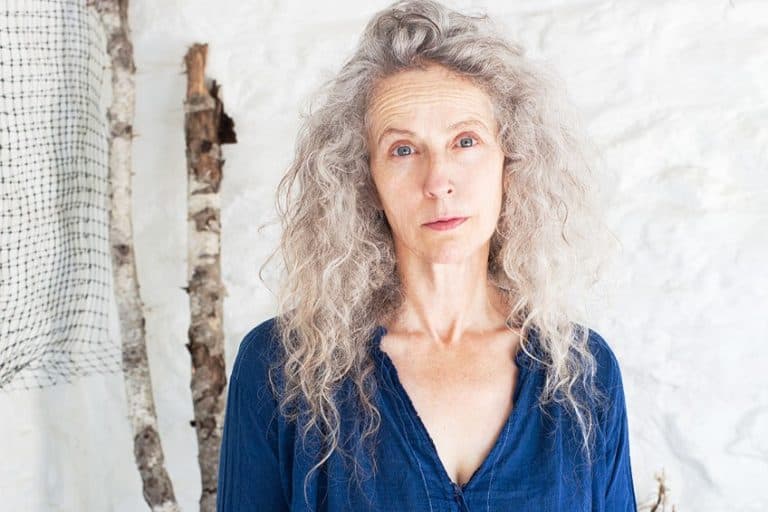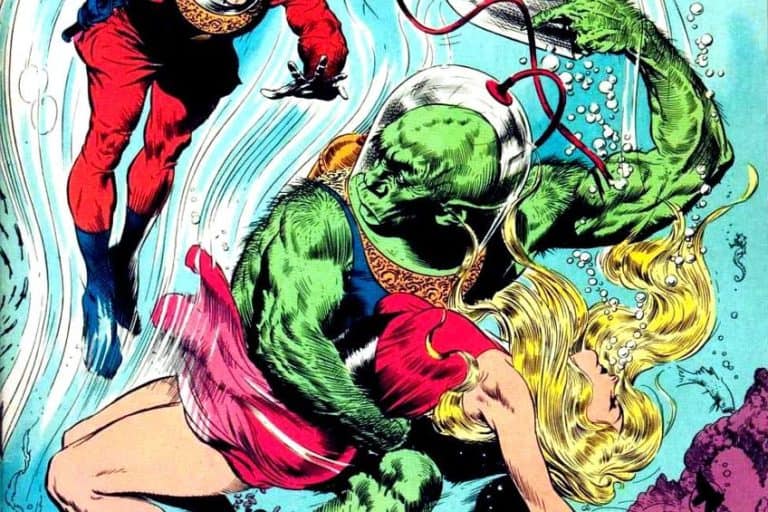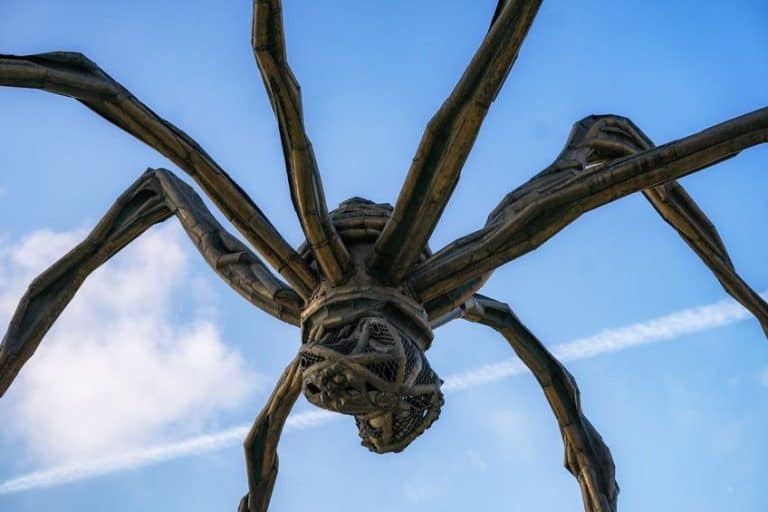Romare Bearden – Master of Collage and Culture
Romare Bearden, a seminal figure in 20th-century American art, stands as a visionary whose work traverses the realms of painting, collage, and printmaking with unparalleled creativity and depth. Born in 1911 in Charlotte, North Carolina, Bearden’s artistic journey unfolded against the backdrop of the Harlem Renaissance and the Civil Rights Movement, profoundly influencing his thematic exploration of African American life, culture, and history. Renowned for his masterful use of collage, Bearden wove together fragments of imagery and personal narrative to construct rich visual tapestries that speak to the complexities of the human experience. Through his compelling compositions, Bearden not only captured the vibrancy and rhythm of urban life but also delved into universal themes of community, spirituality, and the human condition. His enduring legacy continues to inspire generations of artists and viewers, inviting us to engage with the profound beauty and social commentary embedded within his art.
Key Takeaways
- Romare Bearden was a prominent artist known for interpreting African American culture through various media.
- His education and upbringing influenced his artistic style, marked by his distinctive use of collage and photomontage.
- Bearden’s legacy as an artist is recognized for its cultural significance and contribution to American art history.

Early Life and Education
| Birth | September 2, 1911 |
| Death | March 12, 1988 |
| Place of Birth | Charlotte, North Carolina, United States |
| Notable Artworks |
|
Romare Bearden was a multifaceted American artist celebrated for his innovative and powerful depiction of African American culture. He was born on September 2, 1911, in Charlotte, North Carolina, and during his life, he navigated a path that cut across various regions and artistic mediums. His education at New York University laid the foundation for a diverse career that included painting, writing, and song composition.
Bearden’s work is deeply rooted in the vibrancy of the Harlem Renaissance and reflects a synthesis of art forms.
As he evolved as an artist, Bearden’s ingenuity manifested through a Cubist style, particularly in his collages and photomontages, which became some of his signature methods. He delved into the complexities and celebrations of the black experience in America, combining different textures, patterns, and imagery to produce compelling visual narratives. Bearden was not just an artist in his own right, but also a supporter of civil rights and young artists, often infusing his work with social commentary and historical references.
North Carolina Origins
Born on September 2, 1911, in Charlotte, North Carolina, Romare Bearden was the only child of Richard and Bessye Bearden. His family was part of the educated and financially stable African-American middle class. Due to the harsh realities of the Jim Crow era, his family joined the Great Migration northward during his infancy.
Education in New York
The Beardens relocated to New York City, where Romare Bearden grew up in Harlem, a vibrant center for Black culture and the Harlem Renaissance. His initial education in the arts took place at the Art Students League in New York. Bearden furthered his education at Boston University and New York University, where he pursued his passion for art.
Additionally, he extended his art studies overseas at the Sorbonne in Paris, which was known for its rich artistic heritage.
To complement his artistic studies, Bearden attended Lincoln University, the first degree-granting historically black college in the United States, and then transferred to Boston University, before completing his collegiate education at New York University in 1935. He also attended Peabody High School in Pittsburgh during a period of relocation. His education spanned various institutions and cities, each playing a role in his multifaceted approach to art.
Artistic Career and Works
Romare Bearden’s artistic career spanned various styles and mediums, reflecting both his personal evolution and the broader artistic movements of his time. He is renowned for his collage works, which became a hallmark of his style, and his role in chronicling the African American experience.

Development of Style
Bearden’s style evolved from representational to semi-abstract and was deeply influenced by the cubism of George Grosz, his mentor. Cubism, characterized by fragmented subject representation, informed Bearden’s sophisticated manipulation of space in collage. In the 1960s, he developed a distinct method of creating collages, merging realist images with abstract elements, often using cutouts from photographs, paper, and fabric.
Bearden’s collages were reflections of social and personal themes, varying from scenes of the Harlem Renaissance and the Civil Rights Movement to interpretations of jazz and blues.
Significant Contributions
A central figure among American artists, Bearden co-founded the Spiral Group during the civil rights era, aiming to explore the role of art in politics. His artworks, notably collages, made significant contributions to modern art. They were visual odes to African American culture, infused with melodies of jazz classics, especially those by Duke Ellington. Bearden was a multi-faceted artist, not only a visual artist but also a coauthor and songwriter. He co-wrote the book “A History of African-American Artists” and the jazz classic “Sea Breeze.” Bearden was honored with the National Medal of Arts and posthumously, the Romare Bearden Foundation was established to support artists and scholars.
Not just a collagist, Bearden produced watercolors, prints, and oil paintings. His experimentation with different media even included creating costumes and sets for Alvin Ailey’s ballet company. Throughout his career, Bearden held numerous retrospectives, exhibits showcasing a wide array of collage works and other art forms. These retrospectives often highlighted his unique perspective on American life, from urban to pastoral, and the syncopated rhythms of jazz and blues that influenced him profoundly.
Personal Life and Recognition
Romare Bearden’s personal life was intimately tied to his cultural and social environment, significantly influencing his work as an artist. His achievements in the arts were acknowledged through various accolades, reflecting the impact of his contributions.
Family and Interests
Romare Bearden was born on September 2, 1911, in Charlotte, North Carolina. He later moved to New York City with his family, where he would spend most of his life. Bearden was not only a remarkable artist but also an accomplished author and songwriter, showcasing his diverse talents beyond the visual arts. His interest in jazz music is well-known, often reflected in the rhythm and blues of his collage works. Bearden’s personal experiences and broad interests deeply enriched his artistic narrative.
Awards and Honors
Over his lifetime, Romare Bearden received numerous Awards and Honors that celebrated his dynamic career:
- National Medal of Arts: Bearden was acknowledged posthumously with the prestigious National Medal of Arts in 1987.
- G.I. Bill: His service in the US Army, particularly on the European front during World War II, allowed him to study art in Paris using the G.I. Bill benefits.
- Baseball: Though not a professional baseball player, Bearden was a fan of the sport, which sometimes intersected with his work and interests.
During his career, he held various positions, including serving at the New York City Department of Social Services. This role demonstrated his commitment to social issues, which was also a prevalent theme in his art.
The recognition he garnered throughout his life was not only for his artistic genius but also for his dedication to portraying and advocating for the African-American experience.
Influences and Impact
The artistic journey of Romare Bearden is marked by profound influences ranging from the cultural vibrancy of Harlem to the political waves of the Civil Rights Movement, which shaped his work and legacy. His impact extended to nurturing future generations of African-American artists.

Cultural and Political Influences
Romare Bearden’s artworks are deeply embedded in the cultural and political landscape of his time. Born in Charlotte, North Carolina, Bearden relocated to New York City, where he became entrenched in the Harlem Renaissance movement, a significant cultural juncture where jazz music, African-American art, and literature thrived.
Harlem was not just a backdrop; it infused his art with its jazz rhythms and urban vibe, mirroring the complexity of African-American life.
The Civil Rights Movement also influenced Bearden’s collages, which often depicted the struggles and aspirations of the African-American community. He co-founded an art group called Spiral with fellow artists, including Charles Alston and Jacob Lawrence. Through Spiral, they addressed social justice issues and the role of African-American artists in the politically charged 1960s. Notable cultural influences:
- New York City and Harlem: Epicenters of the Harlem Renaissance.
- Jazz: Infused the dynamism and improvisation of jazz into visual art.
- Civil Rights Movement: Contextualized African-American experiences and struggles.
Influence on Future Generations
Bearden’s influence on subsequent generations is seen not only in the stylistic evolution of African-American art but also in the philosophical discourse on art’s societal role. His collage techniques, which incorporated varied materials and photographic images, echoed the multifaceted narratives of the African-American community and became a hallmark in American art. These methods have inspired countless artists who seek to depict cultural stories through layers of meaning and medium.
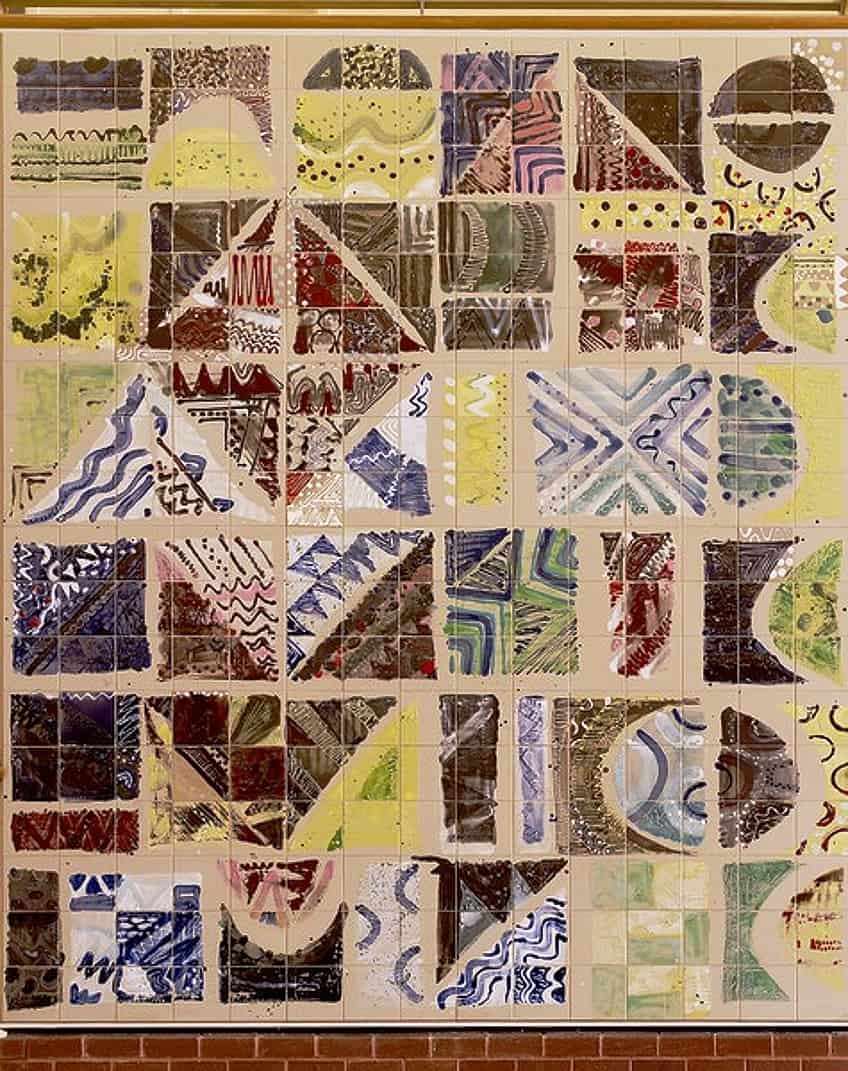
Artists like Bearden carved a path for African-American narratives in modern art, ensuring that these perspectives are woven into the broader tapestry of American culture. His integration of influences from prominent figures such as Picasso and Diego Rivera with African-American experience redefined modern art and influenced the artistic and cultural discourse for years to come. Bearden has a significant impacts on future artists:
- Collage technique: Blended traditional painting with cutouts, foreshadowing mixed media trends.
- African-American narrative: Pioneered African-American themes in modern art.
Important Artworks
Romare Bearden’s artistic legacy is marked by a prolific range of works that highlight the African American experience through a variety of mediums. Bearden’s most notable art emerged during a career spanning several decades, where he infused his pieces with cultural and social significance. Below is a selection of his significant works, which have contributed to his acclaim as a pivotal figure in American art.
- Folk Musicians (1941 – 1942): This artwork showcases three musicians enveloped in rich browns and blues. The dominant use of blue is interpreted as a nod to African-American folk music, particularly the blues.
- The Dove (1964): A collage that represents life in Harlem, this piece is an example of how Bearden captures the vibrancy and complexity of African American urban life.
- The Prevalence of Ritual: Tidings (1967): This piece is part of a series that reflects on Bearden’s memories of the southern United States, religious themes, and African American culture.
Bearden’s work stands as a testament to his talent for blending reality with creativity, heavily influencing both the artistic contemporaries of his time and future generations.
Legacy of Romare Bearden
Romare Bearden’s influence extends beyond his innovative artistry; he serves as an enduring role model for artists valuing authenticity and self-expression. During the zenith of Abstract Expressionism, Bearden dared to chart a unique course, pioneering the use of collage to express his African American heritage. Key aspects of Bearden’s legacy include:
- Cultural representation: Bearden depicted the richness of Black culture and history through a modern lens, often using fragments of painted paper, fabric, and photographs to create his collages, which illustrated the vibrancy and complexities of African American life.
- Artistic innovations: His pioneering use of collage and adherence to Cubist principles enabled him to craft a distinct form that was both deeply personal and culturally resonant.
- Institutional contribution: The Romare Bearden Foundation, established by his estate, continues to sustain his legacy, promoting the preservation and exhibition of his work.
- Educational impact: Bearden’s life and creativity offer an educational cornerstone about the power of art in societal commentary, inspiring curricula in schools and art institutions.
- Recognition: Bearden’s work has received posthumous honors, including major retrospectives at prestigious venues, such as the Whitney Museum of American Art, affirming his significance in modern art history.
Through his art and his foundation, Bearden’s legacy endures, perpetuating a narrative of resilience and creativity while shaping cultural dialogue.
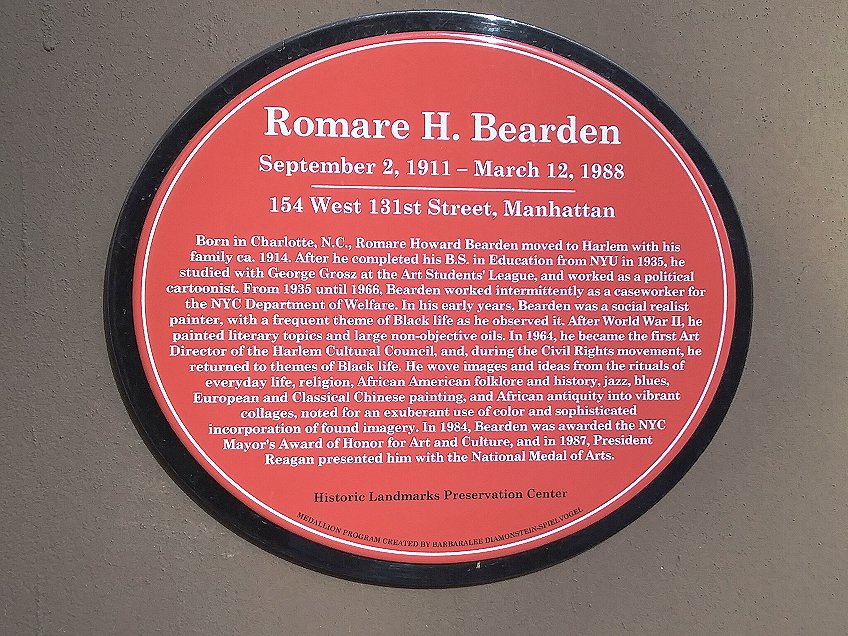
Romare Bearden’s indelible legacy transcends the boundaries of art, resonating deeply with audiences worldwide. Through his unparalleled creativity and profound exploration of African American life and culture, Bearden not only enriched the artistic landscape of his time but also left an enduring mark on the trajectory of American art history. His innovative use of collage, coupled with his thematic depth and social consciousness, continues to inspire and provoke dialogue, challenging us to confront issues of identity, community, and the human experience. As we reflect on Bearden’s contributions, we are reminded of the transformative power of art to illuminate the complexities of our shared humanity and to forge connections that transcend time and place. Romare Bearden’s artistic vision endures as a testament to the enduring capacity of art to inspire, enlighten, and provoke change.
Frequently Asked Questions
What Is Romare Bearden Best Known For?
Romare Bearden is best known for his vivid collages that depict African-American life. He also worked in various mediums, including cartoons, oils, and is recognized for his innovative use of Cubist techniques to explore and represent elements of Black culture.
What Was Romare Bearden’s Contribution to the Harlem Renaissance?
During the Harlem Renaissance, Romare Bearden’s work captured the complexity of African American experiences. He contributed by portraying the social and cultural aspects of this era. His art provided a visual representation to the intellectual, social, and artistic explosion that defined Harlem at the time.
What Were the Major Themes and Influences in Romare Bearden’s Artwork?
Major themes in Romare Bearden’s artwork include daily life, urban and rural scenes, and the African-American experience. His influences spanned from the Cubist style, which is evident in his collage work, to his personal experiences in the American South and Harlem, as well as African art. His work often incorporated musical elements, reflecting another significant aspect of African-American culture.
Isabella studied at the University of Cape Town in South Africa and graduated with a Bachelor of Arts majoring in English Literature & Language and Psychology. Throughout her undergraduate years, she took Art History as an additional subject and absolutely loved it. Building on from her art history knowledge that began in high school, art has always been a particular area of fascination for her. From learning about artworks previously unknown to her, or sharpening her existing understanding of specific works, the ability to continue learning within this interesting sphere excites her greatly.
Her focal points of interest in art history encompass profiling specific artists and art movements, as it is these areas where she is able to really dig deep into the rich narrative of the art world. Additionally, she particularly enjoys exploring the different artistic styles of the 20th century, as well as the important impact that female artists have had on the development of art history.
Learn more about Isabella Meyer and the Art in Context Team.
Cite this Article
Isabella, Meyer, “Romare Bearden – Master of Collage and Culture.” Art in Context. March 12, 2024. URL: https://artincontext.org/romare-bearden/
Meyer, I. (2024, 12 March). Romare Bearden – Master of Collage and Culture. Art in Context. https://artincontext.org/romare-bearden/
Meyer, Isabella. “Romare Bearden – Master of Collage and Culture.” Art in Context, March 12, 2024. https://artincontext.org/romare-bearden/.




